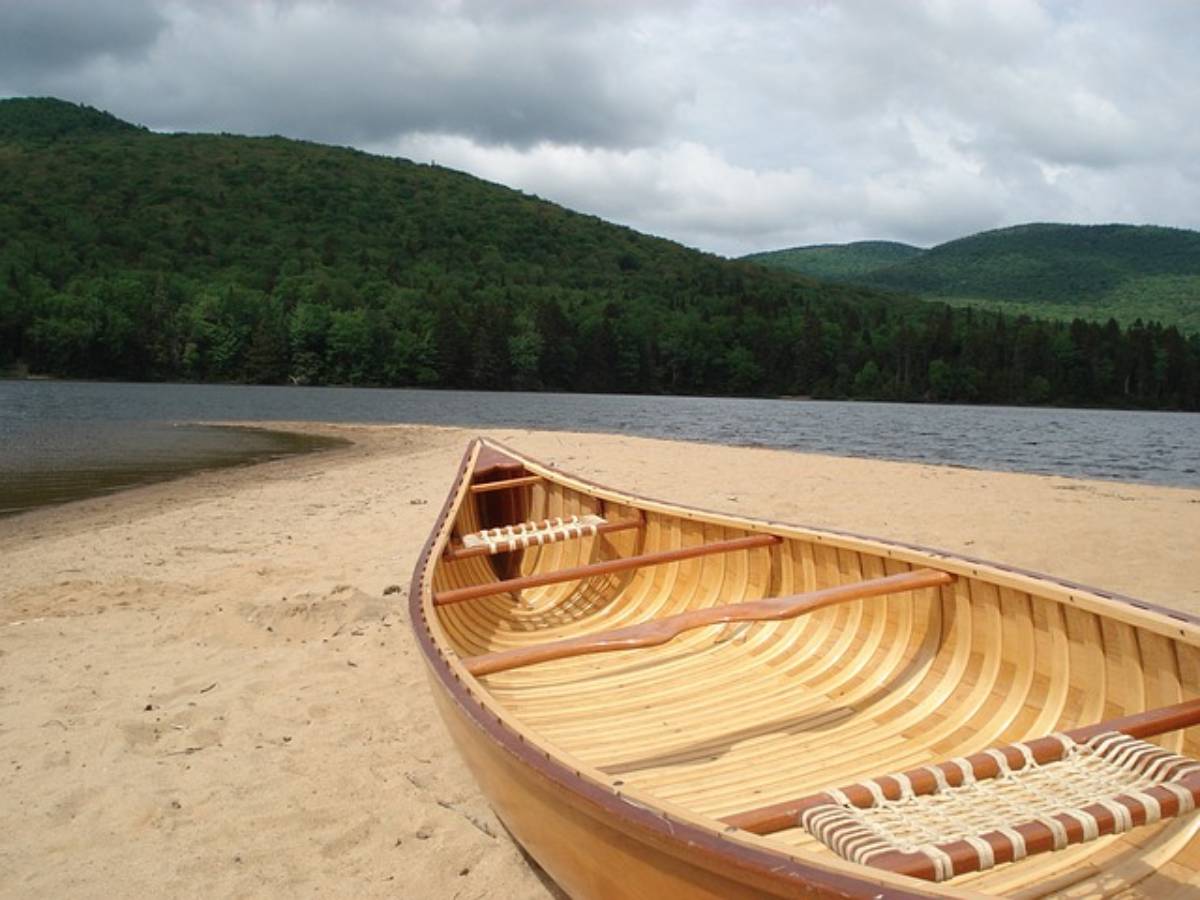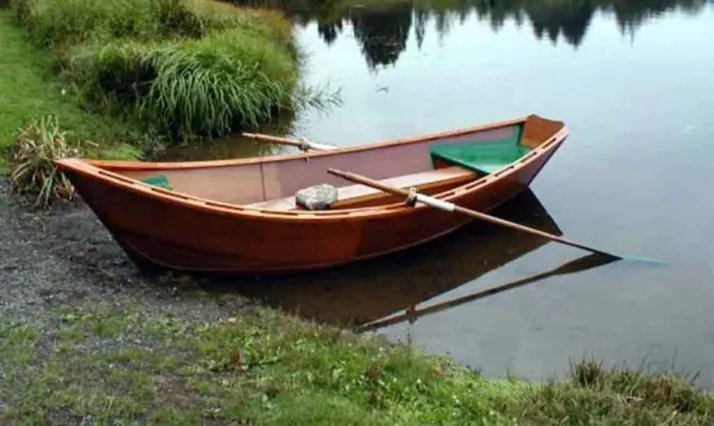Think of the lure in your fly fishing tackle as the way you’re communicating with a fish.
You’re hoping to trick the fish into accepting your offer of a tasty morsel.
Whether or not the degree to which a saltwater fly physically resembles the preferred prey of the targeted game fish actually increases your chances out on the water has been debated for decades.
However, many experts suggest matching the lure as closely as possible to the fish’s natural foods — at least to begin with. After all, such a fly will innately trigger a predatory response, thanks to millions of years of evolution.
All this means you’d do well to learn the favored prey items of the saltwater game fish you’re after. And be as specific as you can. Try to find out as much as possible on the habits of fish in your target area.
Here are some tips to get you started…
How To Choose The Best Saltwater Flies
As a general rule of thumb, most offshore game fish hunt predominantly small baitfish — sardines, anchovies, mackerel, herring, mullet, and the like — and squid. The basic form and color of these schooling swimmers are roughly similar, making your job a bit easier. Any lure with silvery laterals and belly and a deep-green or blue hue nicely suggests baitfish or squid.
Here’s an excellent 12-part series from Orvis about Offshore/Near-Shore Fly Fishing.
In shallow-water flats, estuaries, and mangroves, small crabs are often numerous and prized by permit, snook, tarpon, and other game fish. Having some crab flies on hand in such zones is always a good idea.
Here’s a helpful guide for backwater fishing / flats fishing.
If you’re targeting bottom-foraging species — such as bonefish — consider flies that match the color of the seafloor substrate you’re angling over. For example, a dark-colored lure over mud, a light-colored one over sand.
Here’s how to choose a fly color based on the flat you’re fishing.

Saltwater Flies vs Lures
While you usually want to position the lure roughly at the level of the hunting fish, surface flies can also draw ambushing predators.
Surface poppers attract fish with their noisy splashing and frantic movement — which mimics a potential victim in distress.
As Nick Curcione points out in The Orvis Guide to Saltwater Fly Fishing, the color of such a lure isn’t as important as for some subsurface types (because the fish is mainly keying into the movement, vibrations, and silhouette), but is a factor if you want to keep visual tabs on the fly.
Overall, you’ll want to have a number of different lure types and designs on hand during your outing. If you come upon a frenzy of game fish feeding on a school of baitfish, then you may want to adjust your lure to better match the object of their appetites.
It’s all about experimentation, imitation, and thinking on your feet.
More Great Tips & Advice
- Saltwater Baitfish Flies & Imitations
- Fly Fishing in Salt Water by Lefty Kreh
- Saltwater Fly Fishing For Inshore Game Fish: The Flies You Need
- Saltwater Fly Fishing Lures And Bait
- 10 Flies That Will Make You A Better Saltwater Fly Fisherman
- Saltwater Fly Fishing Tips For Newbies
- A Fly Fisher’s Guide To Saltwater Naturals & Their Imitation
- Saltwater Fly Fishing Tips For Beginners
Jeep guy. Harley owner. Publisher of a few of dozen websites. Tech geek. And I get to play on the Internet for a living!




